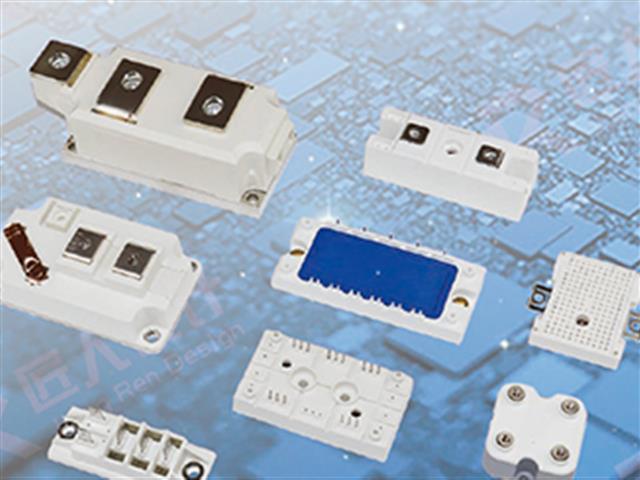Gas-Filled Relays vs. Vacuum Relays: A Comparison and Application in High Voltage Switching Technology
Gas-filled relays and vacuum relays are both electrical devices used for high voltage switching, but they have some differences in structure and application.
Gas-filled relays are filled with gas, usually an inert gas such as nitrogen or sulfur hexafluoride (SF6), which helps extinguish the arc when switching high voltages. Gas-filled relays can handle very high voltages and currents and are commonly used in power transmission and distribution systems.
Vacuum relays operate within a vacuum chamber. The vacuum environment prevents arc formation, allowing them to handle high voltages more efficiently and reduce contact wear. This also enables the relay to switch faster than those in the air. Vacuum relays are durable, compact, and operate quietly, making them ideal for applications requiring rapid switching and control of high voltage circuits, such as RF transmission and power distribution systems.
Both provide reliable solutions for high voltage applications, but vacuum relays are particularly suited for situations requiring fast switching due to their quick response and low wear characteristics.

SKKT SKKD SKKH series Thyristior Diode Modules
The SKKT, SKKH and SKKD series Thyristor Diode Modules offer excellent current carrying capacity and low conduction loss, significantly enhancing overall system efficiency.
Read More
Difference Between Stud-Type and Capsule-Type Phase-Controlled Thyristors (PCT)
Capsule-type is better suited for higher power and more demanding heat dissipation requirements, while Stud-type is more appropriate for medium power applications with simpler installation needs.
Read More
Solid State Relay, Direct Factory Price, Greegoo is your Best Choice!
Solid State Relay, Direct Factory Price, Greegoo is your Best Choice!
Read More
The Crucial Role of IGBT Modules in Power Electronics and Their Expanding Applications
The Key Role of IGBT Modules in Power Electronics and Modern Applications
Read More













